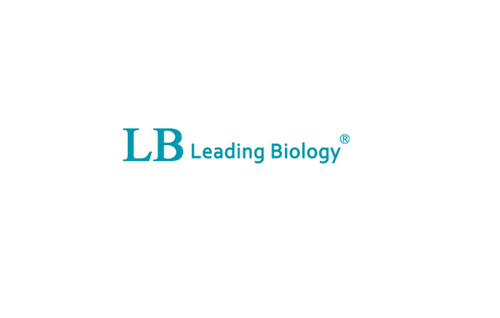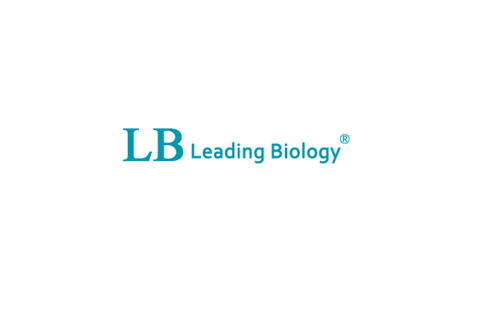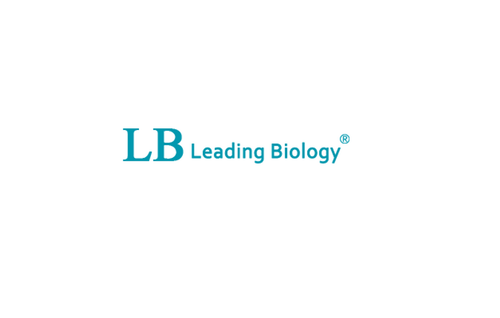Product Description
Bovine Tumor necrosis factor receptor superfamily member 11B (TNFRSF11B) ELISA Kit | AE14020BO | Abebio
Species Reactivity: Bovine (Bos taurus; Cattle)
Abbreviation: TNFRSF11B
Alternative Name: MGC29565; OCIF; OPG; TR1; osteoclastogenesis inhibitory factor|osteoprotegerin
Application: ELISA
Range: 0.156-10 ng/mL
Sensitivity: 0.058 ng/mL
Intra-Assay: ≤5.2%
Inter-Assay: ≤10.4%
Recovery: 1, 05
Sample Type: Serum, Plasma, Other biological fluids
Detection Method: Sandwich
Analysis Method : Quantitive
Test Principale: This assay employs a two-site sandwich ELISA to quantitate TNFRSF11B in samples. An antibody specific for TNFRSF11B has been pre-coated onto a microplate. Standards and samples are pipetted into the wells and anyTNFRSF11B present is bound by the immobilized antibody. After removing any unbound substances, a biotin-conjugated antibody specific for TNFRSF11B is added to the wells. After washing, Streptavidin conjugated Horseradish Peroxidase (HRP) is added to the wells. Following a wash to remove any unbound avidin-enzyme reagent, a substrate solution is added to the wells and color develops in proportion to the amount of TNFRSF11B bound in the initial step. The color development is stopped and the intensity of the color is measured.
Product Overview: Osteoprotegerin (OPG) is a cytokine, which can inhibit the production of osteoclasts. It is a member of the tumor necrosis factor (TNF) receptor superfamily. It is a basic glycoprotein comprising 401 amino acid residues arranged into 7 structural domains. It is found as either a 60 kDa monomer or 120 kDa dimer linked by disulfide bonds.Osteoprotegerin inhibits the differentiation of osteoclast precursors into osteoclasts and also regulates the resorption of osteoclasts in vitro and in vivo. Osteoprotegerin is a RANK homolog, and works by binding to RANKL on osteoblast/stromal cells, thus blocking the RANKL-RANK ligand interaction between osteoblast/stromal cells and osteoclast precursors. This has the effect of inhibiting the differentiation of the osteoclast precursor into a mature osteoclast.
Stability: The stability of ELISA kit is determined by the loss rate of activity. The loss rate of this kit is less than 5% within the expiration date under appropriate storage condition. The loss rate was determined by accelerated thermal degradation test. Keep the kit at 37°C for 4 and 7 days, and compare O.D.values of the kit kept at 37°C with that of at recommended temperature. (referring from China Biological Products Standard, which was calculated by the Arrhenius equation. For ELISA kit, 4 days storage at 37°C can be considered as 6 months at 2 - 8°C, which means 7 days at 37°C equaling 12 months at 2 - 8°C) .
 Euro
Euro
 USD
USD
 British Pound
British Pound
 NULL
NULL












